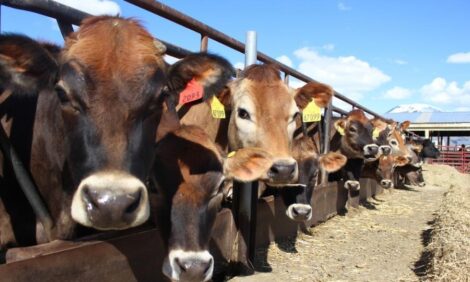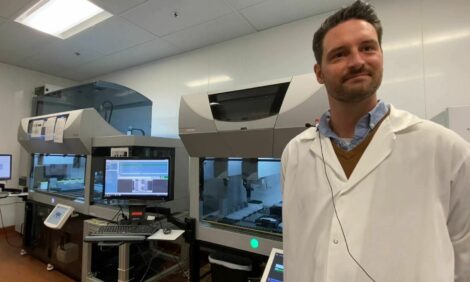



Sequencing genomes in agriculture
ARM & HAMMER is using genome sequencing to develop innovative customer solutionsJessica Stellberg, Microbial Genomic Scientist with Arm & Hammer Animal and Food Production, explains how genome sequencing is being used in their laboratory to The Poultry Site’s Sarah Mikesell.
What is genome sequencing?
Genome sequencing is a type of technology that we use to determine the sequence of nucleotide bases within an animal’s or cell's genome.
“Sequencing uses your DNA to figure out which genes you contain,” said Stellberg. “It determines everything about that organism – what proteins you make, how you're going to respond to stress or other environmental factors and many other things. It’s a really useful tool to characterize bacteria.”
Sequencing at The ScienceHearted Center
At ARM & HAMMER’s lab, two different types of sequencing technologies are used. The first is next generation sequencing, which has been in use for about 20 years. It's proven to provide a very high degree of accuracy of genes and even single nucleotide differences between strains.
“The second type of technology that we use is long read or nanopore sequencing,” she said. “It allows us to see more of the overall structural variation in the genomes, so we can determine if a certain gene is on the main chromosome of the bacterium, or if it's on a plasmid, which is a more mobile genetic element that can pass back and forth between strains.”
The genome is assembled using both the accurate data from the next generation sequencer and the scaffold-like structures from the nanopore sequencing to determine the gene sequences and where they are placed relative to each other. Using data from both gives a very complete picture of the genome, according to Stellberg.
Genome sequencing is used by ARM & HAMMER for two reasons. First, it allows the team to take a closer look at their existing proprietary probiotic strains that are part of ARM & HAMMER poultry, swine, dairy and beef products.
“We want to make sure our products are from a “clean genome,” meaning there's no hidden antibiotic resistance genes, no hidden toxins or anything that could potentially harm the animal,” she explained. “We also want to understand what's making this bacterium work. Is it producing products that are going to help fight off other E. coli, Clostridium or other bacteria that can harm the animals? Is it producing products that will help facilitate the immune system of the host animal and improve its ability to fight off its own infections?”
Sequencing is also used to identify more virulent or pathogenic disease-causing bacteria. This can be done either as a large-scale study looking at hundreds of genomes that are either associated with disease or not. For example, strains coming from a sick bird or cow are compared to strains found in healthy animals to identify which genes differ.
“We can use those identified genes to make new tests here in the lab because genome sequencing, while an incredibly useful tool, is a little bit more expensive and time consuming than some of our other tests,” she said. “However, if we can use the data to make a higher throughput test that can more cheaply and quickly look at a lot of strains from on-farm facilities, then we can start to predict whether disease is going to be on the rise in a facility. There are endless possibilities with genome data.”




